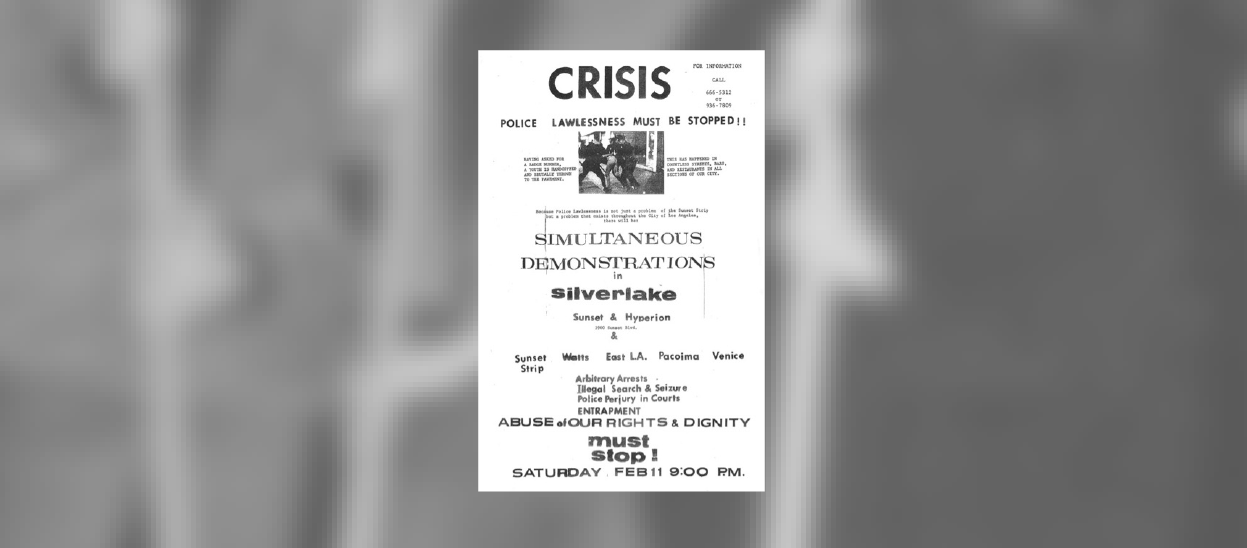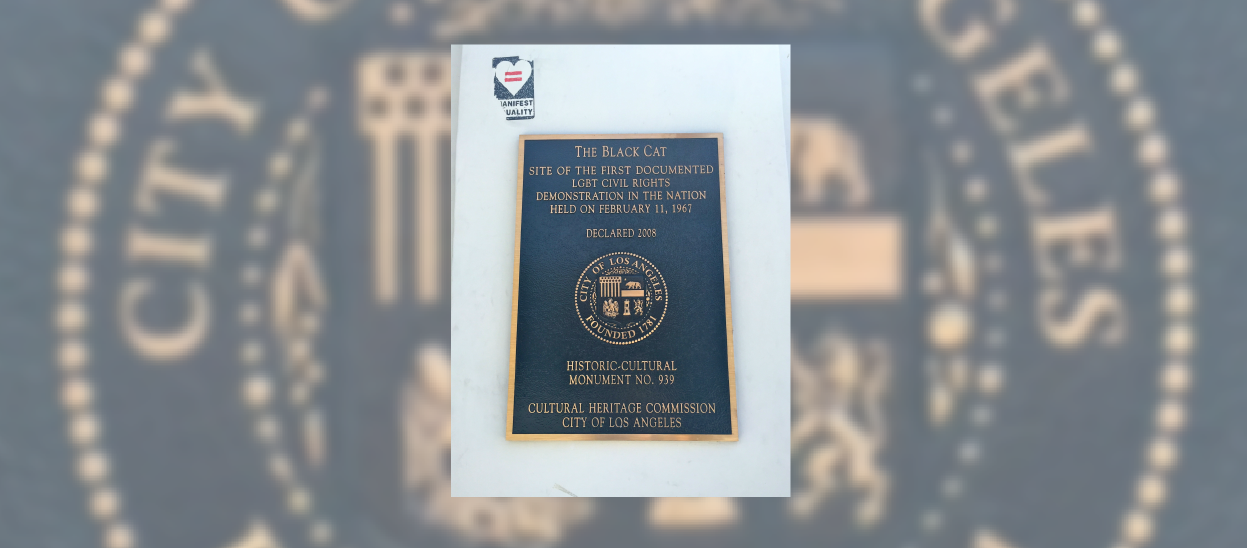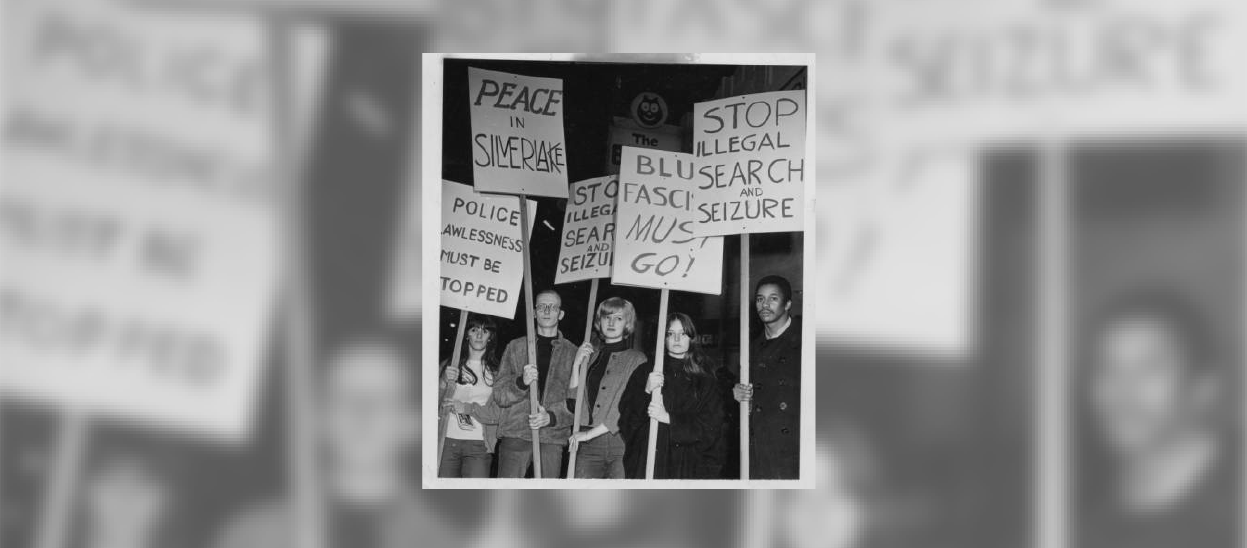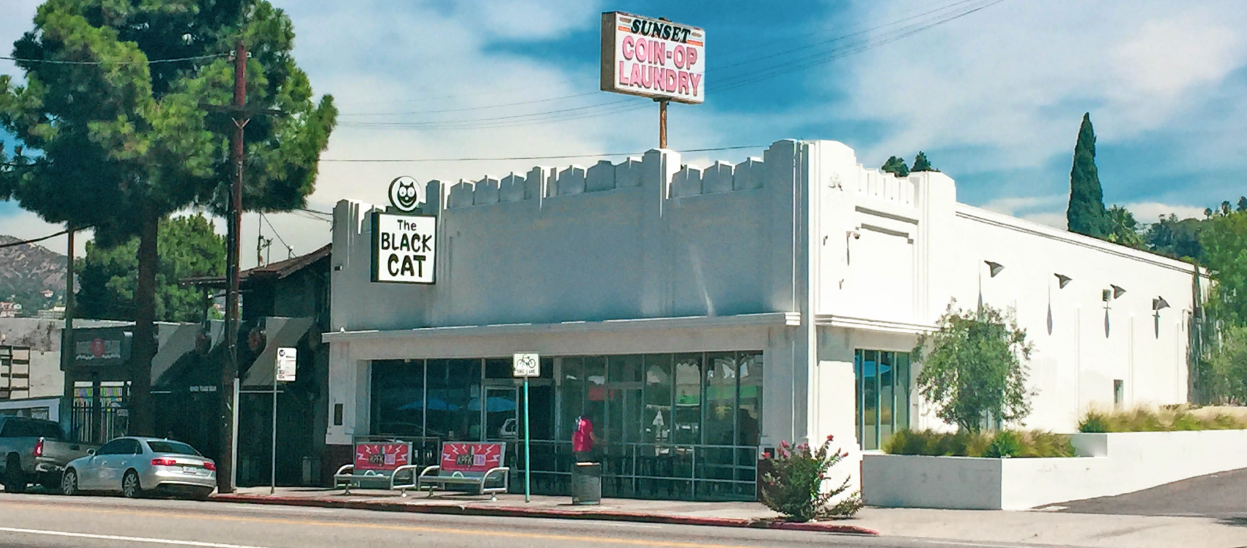
Written by: Steve M. Garcia
2020 was supposed to be the year we celebrated half a century of protests and progress for the LGBTQ+ community. In Hollywood, we were scheduled to commemorate the 50th anniversary of the world’s first legally permitted Pride Parade. When COVID-19 hit, these celebrations were put on hold out of caution for our citizens. For weeks, the world paused, and we took time to reflect on what makes Pride so important for the community.
Then, as we approached Pride Month, George Floyd, a Black man, was murdered by four police officers, causing an eruption of outrage across the nation. Floyd’s death by the knees of police officers in Minneapolis’ Ward 8 was a call to action for millions to take to the streets in a show of solidarity. These demonstrations are seen as some of the most influential acts of civil disobedience in decades, harking back to the protests, demonstrations, and riots that won LGBTQ+ people the freedoms they have today. Through this tragedy, the Black community is seizing this moment in history to fight for policy change and equity in towns and cities nationwide.

Courtesy of the Los Angeles Conservancy
Ward 8 is represented by Andrea Jenkins, the first Black transgender woman elected to public office in the United States. Her political victory comes as she walks in the footsteps of another transgender icon, Marsha P. Johnson, the Black woman credited with igniting the Stonewall Riots, which are widely considered to be the most important event leading to the fight for queer rights. While Stonewall was in fact a monumental moment for the LGBTQ+ community, Los Angeles was the true leader for queer progress.
In our backyard, in the community of Silver Lake, the events at The Black Cat preceded Stonewall by two and a half years. Stonewall has been featured in popular culture for decades, and the lack of coverage of The Black Cat demonstration is one reason City Planning’s SurveyLA LGBT Historic Context Statement is so crucial to the heritage of our City. This document is the first in the U.S. to offer a framework for evaluating historic places that contribute to rich LGBTQ+ heritage and offers insight into the events of The Black Cat which started the LGBTQ+ rights movement in Los Angeles. This distinction is not lost on Angelenos. When the Sunset Boulevard establishment became a City Historic-Cultural Monument in 2008, it was the first site in the city to achieve local historic designation based on its significance to LGBTQ+ history.

Courtesy of the Los Angeles Conservancy
Built in 1939, the Art Deco building was originally a Safeway Market, but had been operating as a nightclub and laundromat since the early 1960s. In the late 1960s, the bar became known as the “The Black Cat” and was recognized as an establishment that welcomed and served LGBTQ+ clientele.
Today, people of all walks of life and orientations gather safely in Silver Lake. But on December 31, 1966, eight undercover vice officers of the Los Angeles Police Department (LAPD) raided The Black Cat at midnight when patrons exchanged embraces and kisses. After beating attendees and ending the celebration, LAPD officers arrested 14 on charges of assault and public lewdness. Of the two men arrested at The Black Cat for lewd conduct (Charles Talley and Benny Baker), one was charged for kissing another male and the other charged for being dressed in women's clothing as well as kissing another male. They were convicted under California Penal Code Section 647 and required to register as sex offenders. With the assistance of the American Civil Liberties Union (ACLU), the two men pursued an appeal to the U.S. Supreme Court. Their attorney, Herbert E. Selwyn, asserted the right of equal protection under the law for homosexual men to kiss in public. In a departure from previous cases before the Court, Selwyn did not deny the sexual orientation of his clients. On April 19, 1968, the Supreme Court voted not to accept the case for consideration.

Courtesy of the Los Angeles Conservancy
Unfortunately, these raids had become commonplace for most of the 1950s and 1960s. The 1960s youth counterculture, along with a burgeoning gay rights movement and the growth of alternative publications, led to a swelling of defiance to the LAPD raid at The Black Cat. Two recently formed organizations, PRIDE (Personal Rights in Defense and Education) and SCCRH (Southern California Council on Religion and the Homophile) organized a protest in February 1967. A crowd of 300 to 600 individuals gathered in front of the building and held a peaceful demonstration.

Courtesy of the Los Angeles Conservancy
The events at The Black Cat appear to be one of the earliest documented demonstrations asserting gay rights in the nation. The related court cases stemming from the police raid were groundbreaking in their legal defense of the civil rights of homosexuals, cementing Los Angeles and The Black Cat as playing a critical role in the gay liberation movement.
This year was supposed to be a landmark celebration of the LGBTQ+ community overcoming police violence, rising out of the shadows, and claiming a stake in history. Instead, we will now march in solidarity with our Black brothers, sisters, and gender non-conforming allies as we celebrate Marsha, Charles, Benny, and George.